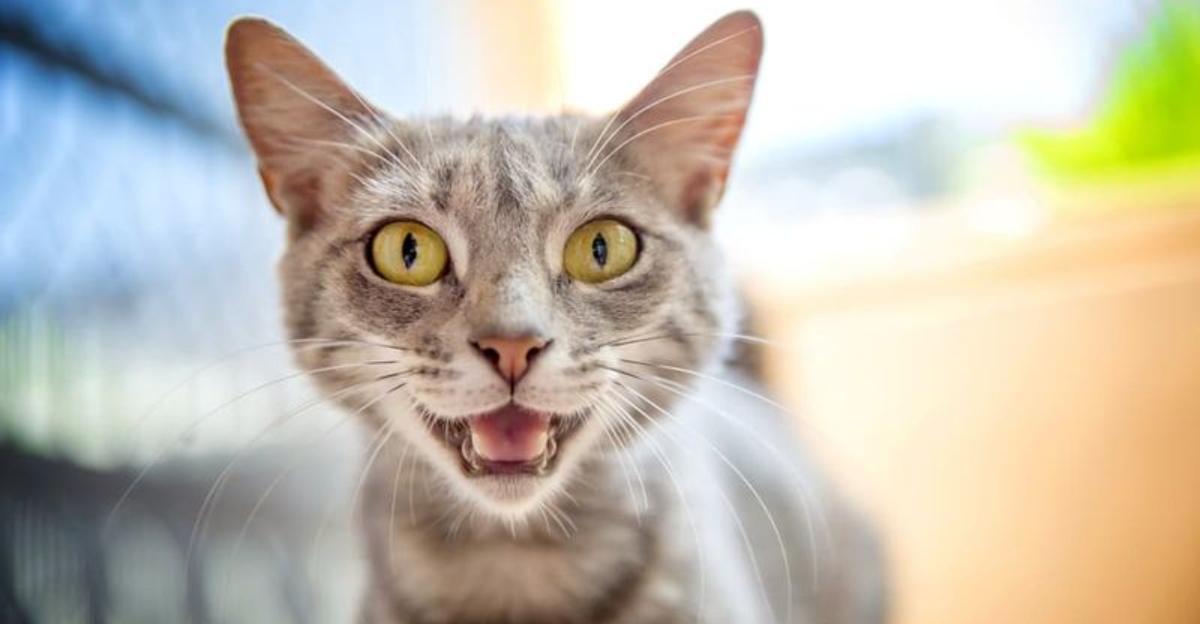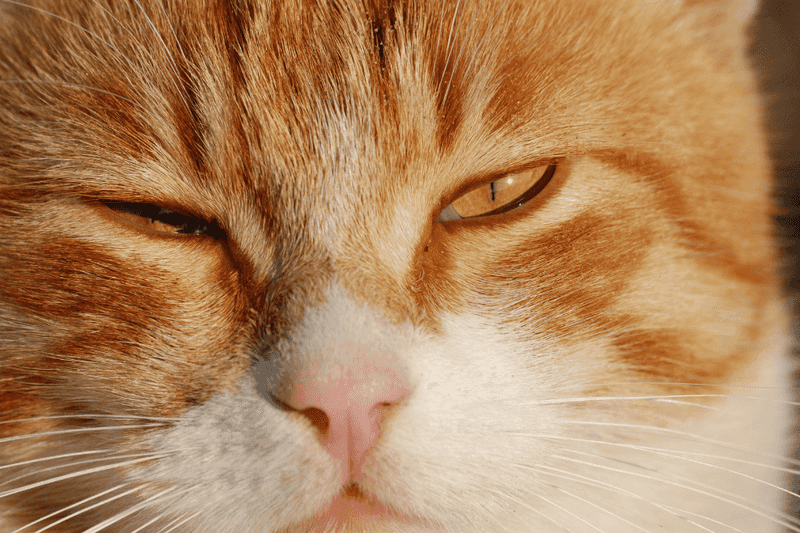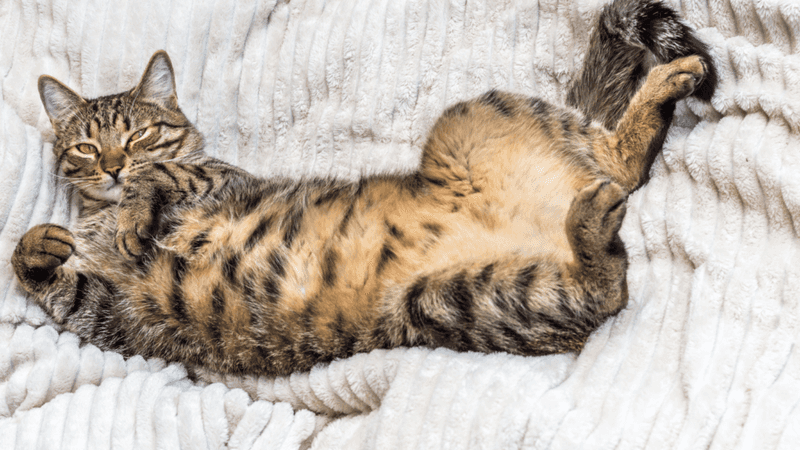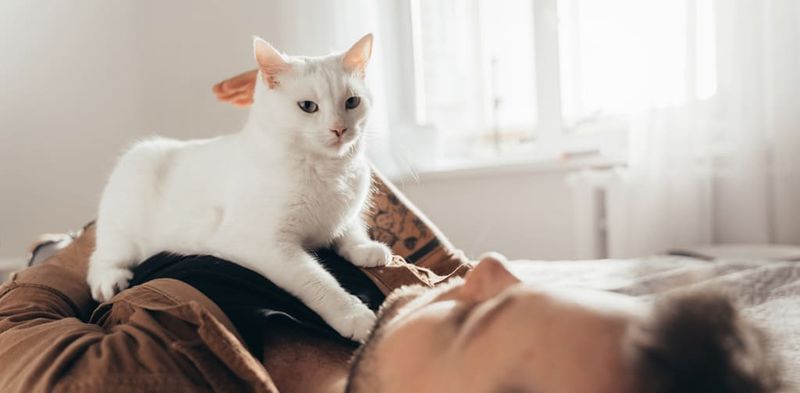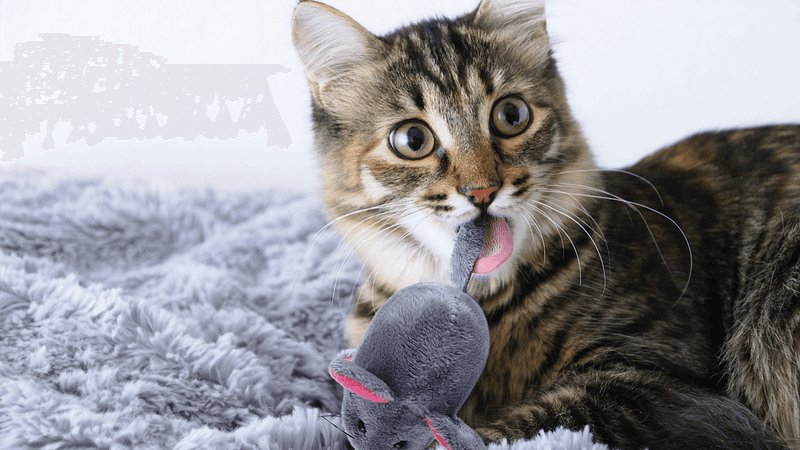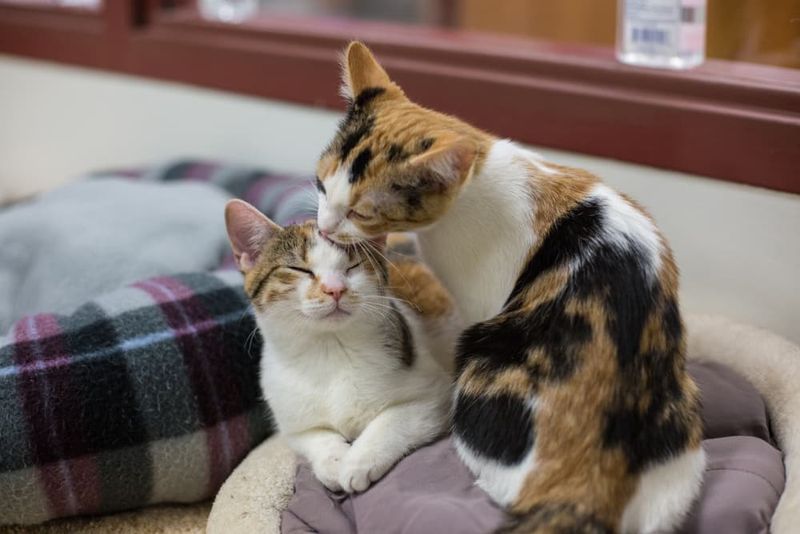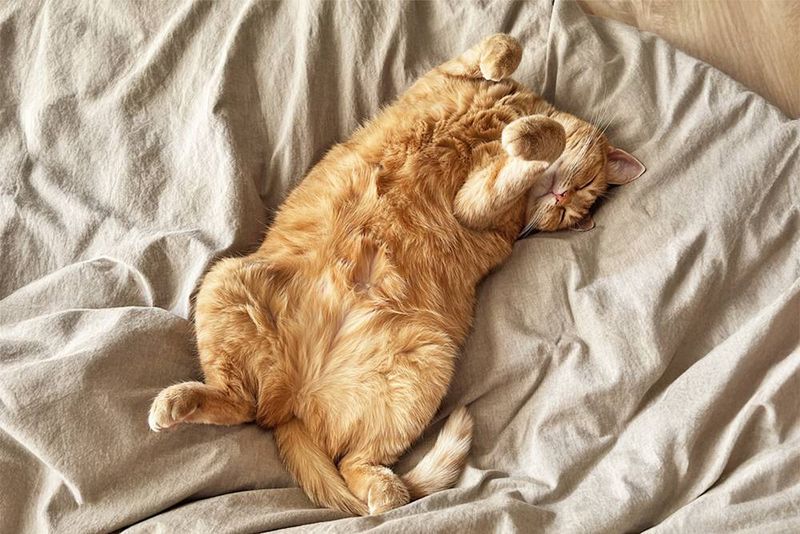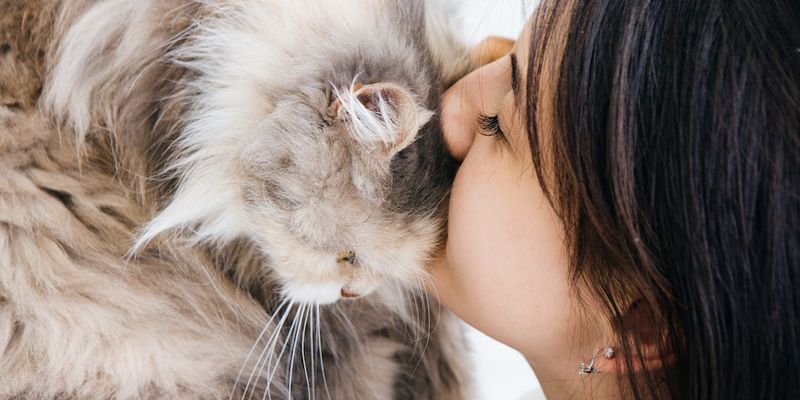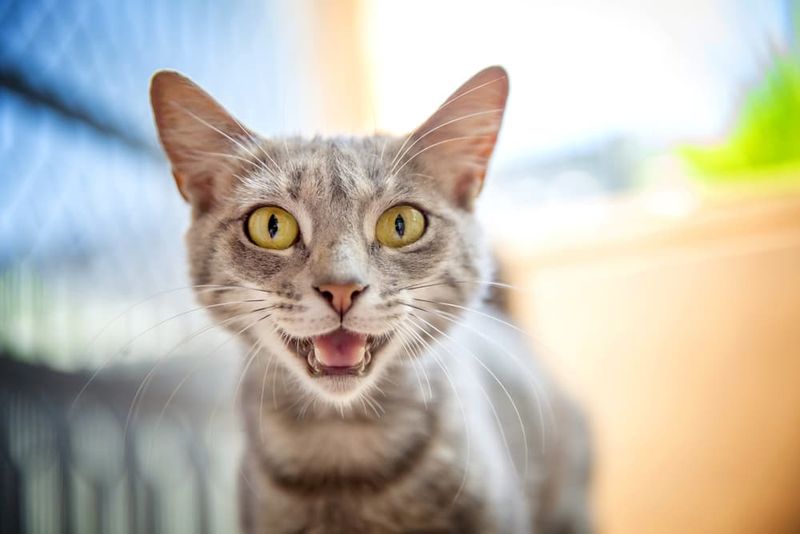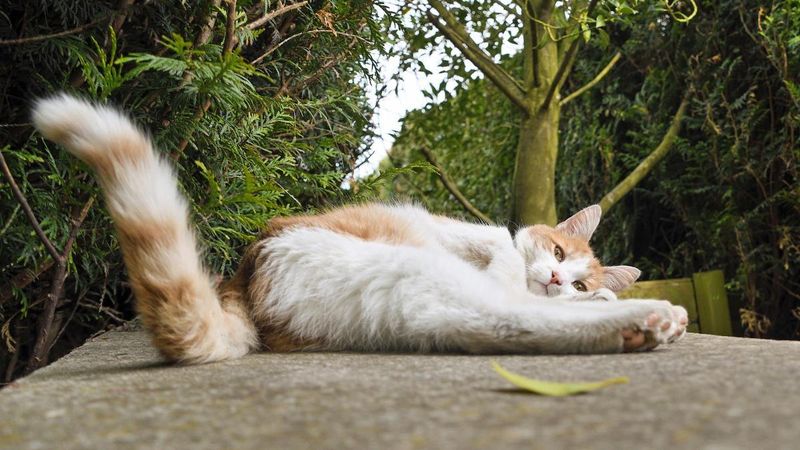📖 Table of Content:
- 1. Slow Blinking at You from Across the Room
- 2. Exposing Her Belly Without Hesitation
- 3. Kneading Your Lap with Her Paws
- 4. Bringing You “Gifts” from Around the House
- 5. Grooming You or Other Household Pets
- 6. Sleeping in Vulnerable Positions Near You
- 7. Headbutting and Cheek Rubbing Against You
- 8. Chattering or Trilling When You Enter a Room
- 9. Maintaining a Relaxed Tail Position Around You
Cats communicate in quiet, often understated ways, especially when expressing comfort and trust. Their body language, routines, and subtle behaviors can reveal deep feelings of security. These signals may go unnoticed without careful observation.
Purring is one of the more recognizable signs of contentment, but it’s just the beginning. A slow blink, a gentle headbutt, or relaxed posture can all indicate a sense of safety. Each of these gestures reflects a bond built on trust and familiarity.
Recognizing these signs can lead to a stronger connection between cat and caregiver. Creating a calm, predictable environment encourages these behaviors to flourish. When a cat feels truly at home, it communicates that comfort in ways both quiet and meaningful.
1. Slow Blinking at You from Across the Room
Cat owners often call this the “kitty kiss.” When your cat gazes at you from her perch and deliberately closes her eyes for a moment, she’s showing deep trust. In the wild, closing eyes means vulnerability to attack. Try returning this gesture next time you notice it happening.
Slowly close your eyes while facing your cat, then open them again. This simple exchange is actually a powerful way to communicate safety and affection in cat language. Many felines reserve this behavior exclusively for their favorite humans, making it extra special when you receive these silent messages of contentment.
2. Exposing Her Belly Without Hesitation
A cat’s stomach area is her most vulnerable spot. When your furry friend rolls over and shows her tummy without fear, she’s demonstrating complete comfort in your presence. This position leaves vital organs exposed – something cats would never do in threatening situations.
Contrary to popular belief, this isn’t always an invitation for belly rubs! Some cats enjoy tummy touches, while others show their bellies purely as a sign of trust. The relaxed posture, often accompanied by stretched paws, indicates your cat feels secure enough to let her guard down completely around you.
3. Kneading Your Lap with Her Paws
That rhythmic pushing motion your cat makes against your lap or a soft blanket dates back to kittenhood. Kittens knead their mother’s belly to stimulate milk flow, and adult cats retain this behavior as a sign of contentment and security. The intensity of kneading often correlates with how safe your cat feels.
Strong, enthusiastic kneading typically means your cat is experiencing peak comfort levels. Some cats even drool slightly during this activity, further indicating deep relaxation. Allowing this behavior, despite the occasional prick of claws, reinforces your role as a source of security in your cat’s life.
4. Bringing You “Gifts” from Around the House
Finding toy mice, socks, or even actual prey items at your feet might seem strange, but it’s actually a compliment. Your cat is sharing her hunting successes with someone she trusts completely. This behavior stems from a mother cat’s instinct to teach kittens hunting skills. When your cat drops these treasures near you, she’s demonstrating both trust and care.
She considers you part of her family group – someone worthy of receiving the fruits of her hunting prowess. Acknowledging these gifts with praise reinforces your cat’s feeling of security, even if you’re secretly not thrilled about finding a half-chewed toy under your pillow.
5. Grooming You or Other Household Pets
Social grooming represents one of the highest forms of trust in the feline world. When your cat licks your hand or hair, she’s treating you as part of her family group. This behavior, called allogrooming, helps cats bond with others they consider safe. The rough feeling comes from tiny backward-facing hooks on their tongues designed for cleaning fur.
Your cat might focus on your hands, arms, or even attempt to groom your hair if she can reach it. Cats only perform this intimate ritual with individuals they completely trust and feel secure around – making it a special sign of your special bond.
6. Sleeping in Vulnerable Positions Near You
Sleep positions reveal volumes about your cat’s comfort level. A cat who curls up tightly is protecting vital organs, while one who stretches out completely or sleeps on her back near you feels utterly secure. These exposed sleeping postures would be dangerous in the wild. Watch for cats who sleep with their paws tucked under (the “loaf” position) or curled in a donut shape.
These moderately protective positions suggest comfort but maintained alertness. As trust grows, cats often progress to more vulnerable sleeping positions. The ultimate sign? A cat who chooses to sleep touching you, showing she trusts you enough to stay within paw’s reach during her most vulnerable state.
7. Headbutting and Cheek Rubbing Against You
Those gentle head bumps and face rubs aren’t just affection – they’re a form of scent marking. Cats have special scent glands located around their cheeks, chins, and foreheads. When they rub these areas against you, they’re depositing their scent. This behavior, called bunting, effectively marks you as part of their territory and trusted inner circle.
Your cat is essentially saying, “You belong to me, and I feel safe enough to claim you.” The stronger and more frequent the headbutts, the more secure your cat likely feels in your presence. It’s their way of creating a shared scent profile that represents safety and belonging.
8. Chattering or Trilling When You Enter a Room
Those melodic little chirps, trills, and prrrups that greet you when you enter a room are special vocalizations reserved for friendly communication. Unlike meows (which are mainly used to communicate with humans) or hisses (for threats), these birdlike sounds are typically used between cats who trust each other.
When directed at you, these sounds indicate your cat sees you as a safe, welcome presence. The sound itself is similar to what mother cats use with their kittens. Cats who feel threatened or uncomfortable rarely make these gentle, complex vocalizations, making them a reliable indicator of your cat’s sense of security.
9. Maintaining a Relaxed Tail Position Around You
A cat’s tail works like an emotional barometer. When your feline friend keeps her tail in a relaxed position – either gently swaying, softly curved, or loosely wrapped around her body – she’s signaling complete comfort in your presence. Contrast this with defensive tail positions: puffed up (fear), thrashing (irritation), or tucked under (extreme anxiety).
The relaxed tail may even occasionally flick at the tip, showing mild interest without any concern. Pay special attention to cats who let their tails drape against you or gently wrap around your arm. This physical connection demonstrates they consider you part of their safe space and trusted inner circle.
